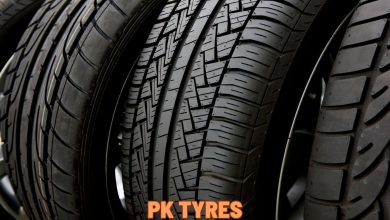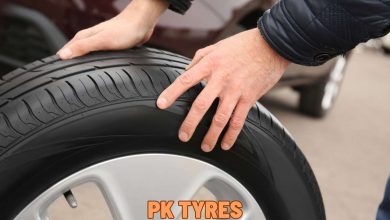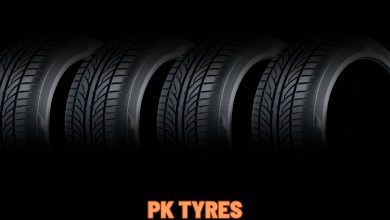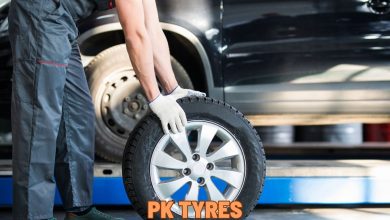The Impact of Tyre Pressure on Your Driving Experience
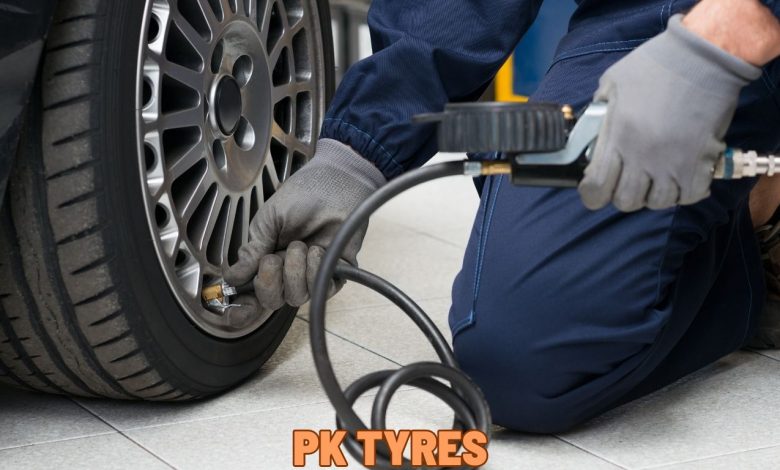
Driving safely and enjoying the ride on the road depend on several factors. While most people may think of factors such as road conditions, weather, and traffic, one crucial element that often gets overlooked is the tyre pressure of their vehicle. Correct tyre pressure is crucial for better driving.
In this article, we will discuss how tyre pressure affects your driving and why keeping the correct pressure is important for your car’s performance and safety. We’ll talk about how tyre pressure affects your car and the right pressure for it. Plus, we’ll also explain how to check and adjust it. So buckle up, and let’s dive in.
Understanding Tyre Pressure
To make it easier to understand how tyre pressure affects your vehicle, we first need to know what it is. Tyre pressure refers to the amount of air inside a tyre and is measured in pounds per square inch (PSI). Your car’s recommended tyre pressure is usually listed in the owner’s manual, driver’s side door jamb, or tyre sidewall.
The Impact of Low Tyre Pressure
Low tyre pressure can be bad for your driving in different ways. First, it can make your car use up more gas and cost you extra money. When the pressure of a tyre is low, it touches more of the road, causing more resistance and friction.
Secondly, low tyre pressure can negatively impact your vehicle’s handling and safety. Low tyre pressure can cause the sidewalls to flex more than they should. This can make the tyre heat up and risk a blowout. If your tyre’s pressure is low, your vehicle may not handle it well. This can make it harder to control and stabilize when driving. you can also read Maximizing Tyre Lifespan: How to Prolong the Life of Your Tyres.
The Impact of High Tyre Pressure
High tyre pressure can also impact your driving. It’s often overlooked because low pressure gets more attention. If the tyre pressure is too high, the middle of the tyre touches the road more than the sides. This makes it hard to control the car and reduces grip. This can make it harder to stop, steer, and drive smoothly.
High tyre pressure can make your tyres wear out unevenly. This makes your tyres not last as long, and you have to replace them sooner.
Maintaining Correct Tyre Pressure
Keeping the right amount of air in your tyres is crucial for safe, smooth, and efficient driving. It’s recommended to check your tyre pressure at least once a month or before any long journeys. To check your tyres’ pressure, get a gauge from an auto shop or petrol station.
To ensure an accurate reading, check your tyre pressure when the tyres are cold. Make sure your vehicle’s tyres have the correct pressure. You can find the recommended amount in your car owner’s manual or on the driver’s side door jamb. If you’re not sure, consult a professional or your local tyre shop.
Conclusion:
Proper tyre pressure is crucial to your driving experience. Low tyre pressure can make your car use more fuel and drive less safely. On the other hand, high tyre pressure can cause less grip and make your tyres wear out unevenly. It’s important to keep your tyres properly inflated for safe, smooth driving.
FAQs:
Q1. What happens if I drive with low tyre pressure?
Low tyre pressure can hurt your car’s fuel efficiency, handling, and safety. Make sure to keep your tyres inflated properly while driving. It can also cause your tyres to wear out more quickly.
Q2. How often should I check my tyre pressure?
It’s recommended to check your tyre pressure at least once a month or before any long journeys.
Q3. Can I check my tyre pressure at home?
Yes, you can purchase a tyre pressure gauge and check your tyre pressure at home. Ensure that your tyres are cold when doing so for an accurate reading.
Q4. What’s the recommended tyre pressure for my vehicle?
Your car’s manual, driver’s side door jamb, or tyre sidewall will show you the recommended tyre pressure.
Q5. Can I drive with high tyre pressure?
Driving with high tyre pressure can harm your vehicle’s handling, traction, and comfort. While not as risky as driving with low tyre pressure, it can still be problematic. It’s recommended to maintain the correct tyre pressure for optimal performance and safety.

